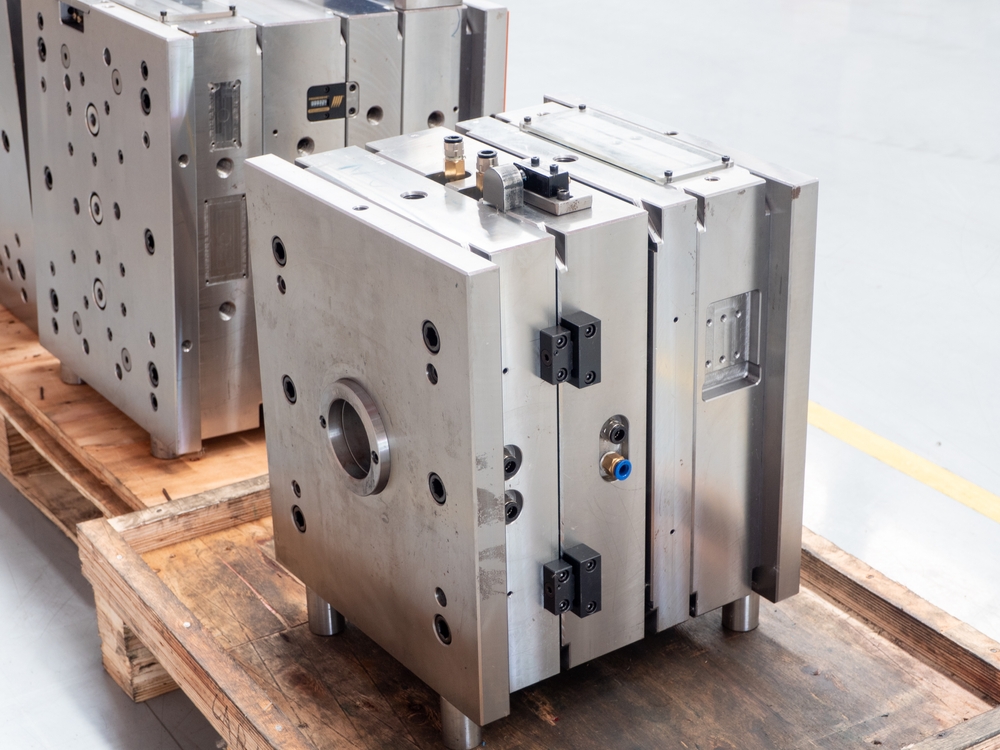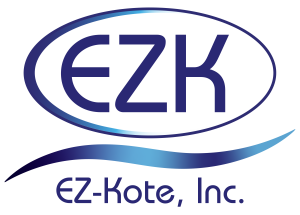
Mold releases are critical for injection molding. The right selection and application of mold release agents can help you achieve the best possible results in your manufacturing process.
A good release agent should facilitate part removal, increase production efficiency, and prevent defects.
Related Post: How To Apply A Water-Based Mold Release Agent For Best Results
What Is Injection Molding?
Injection molding is a manufacturing process that produces large amounts of product with precision and efficiency. Manufacturers will inject molten material into a mold under high pressure and temperature, where it solidifies to form the finished product.
How the Right Mold Release Makes the Injection Molding Easier
EZ Kote’s semi-permanent, water-based mold release agents greatly benefit the injection molding process.
Related Post: Use of Mold-Release Agents to Maximize Profitability
Part Release
The finished part must be cleanly released from the mold after the molding cycle. EZ Kote’s semi-permanent mold release agents create a thin, uniform film on the mold surface, facilitating easy release of the molded part.
This finish prevents sticking, minimizing the risk of damage to the part or the mold.
Reduced Buildup
Water-based mold release agents are formulated to minimize buildup.
Related Post: Why A Non-Reactive Mold Release May Be Your Best Option
For injection molding, reducing buildup ensures the mold remains clean and free from residue. Too much buildup can affect quality and increase downtime for mold cleaning and maintenance.
Compatibility with Various Materials
Injection molding is used with a wide range of materials, including plastics, elastomers, and composites.
EZ Kote’s mold release agents are compatible with different materials, ensuring effective release properties without affecting part quality or surface finish.
Environmental Considerations
Many manufacturers prefer water-based mold release agents due to their lower environmental impact than solvent-based alternatives.
Our water-based formulations suit injection molding processes where sustainability and worker safety are priorities.
When Is Injection Molding Used?
Injection molding is utilized across industries, especially when there’s a need for high-volume production of precise, complex parts with consistent quality and performance.
Here are some common scenarios and industries where injection molding is frequently employed:
- Automotive industry: includes dashboards, bumpers, door panels, trim pieces, and under-the-hood parts like engine covers, intake manifolds, and sensor housings.
- Consumer goods: includes electronic enclosures, appliance components, kitchenware, toys, and sporting goods.
- Medical devices: includes disposable and reusable medical devices and equipment, like syringes, IV components, surgical instruments, and device housings.
- Packaging: molding is used to create bottles, caps, closures, containers, and packaging inserts.
- Electronics: this includes casings, connectors, enclosures, and other components for electronic devices such as smartphones, computers, cameras, and home appliances.
- Aerospace and defense: lightweight, high-performance parts with complex shapes, such as aircraft interior components, avionics housings, and missile components.
- Construction: includes building materials and components like pipes, fittings, roofing tiles, siding panels, and insulation products.
- Industrial components: include gears, bearings, valves, seals, and housings.
Water-Based Mold Releases for Injection Molding
The team at EZ-Kote has 30-plus years of experience with water-based, non-reactive mold releases. Talk to our team about the right formula for your requirements based on your industrial process.
Contact EZ-Kote or call (770) 720-1811 for more details. We’ll respond within 24 hours.
